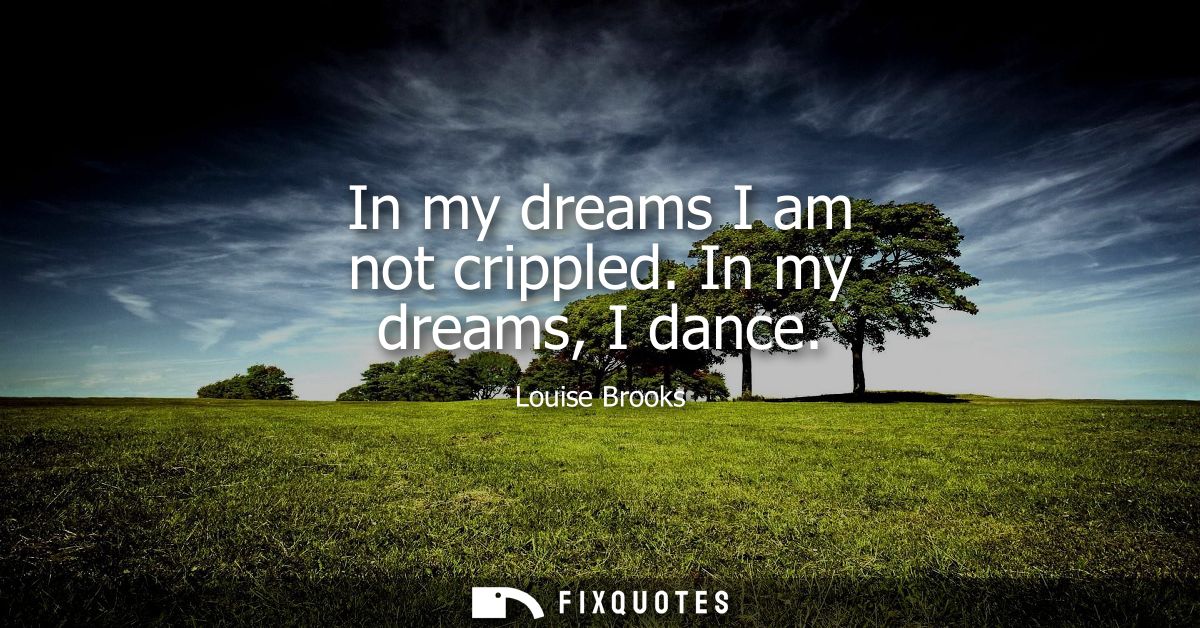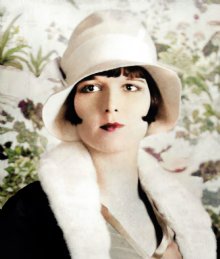"In my dreams I am not crippled. In my dreams, I dance"
About this Quote
Louise Brooks uses the language of dreams to contrast the limitations of her physical reality with the boundless freedom of her imagination. She reveals a life constrained, perhaps by disability, illness, or circumstance, but in her dreams those obstacles dissolve. Dreams become the arena where she experiences wholeness, possibility, and joy. The act of dancing in her dreams symbolizes more than movement; it conveys a profound sense of liberation, agency, and grace that reality may deny her. Dance is an art form associated with freedom of expression, bodily autonomy, and beauty. By stating she dances in her dreams, Brooks underscores the emotional longing for movement and participation in life’s pleasures that tangible constraints may have curtailed.
The juxtaposition between being "crippled" in waking life and dancing in dreams highlights the internal resilience and spirit that persist even in the face of hardship. The use of "not" emphasizes a division between two worlds, the world of the body, with its limits and pain, and the world of the mind, where the self remains unbroken and fully realized. In dreams, identity is untethered from physical constraints. The body regains its abilities, allowing her to transcend the literal and metaphorical boundaries imposed on her. Through this, Brooks quietly acknowledges both her suffering and her refusal to be defined by it.
The brief, unadorned language communicates a longing that is as universal as it is personal. Many people, limited by circumstance, age, loss, or disability, find themselves whole in private moments of imagination. The quote thus becomes an affirmation of the enduring power of hope and the ability of the human mind to create sanctuary, possibility, and beauty amid adversity. Dreams become not just escapism, but a form of silent resistance, a reminder that the essential self is always more than the limitations it endures.
More details
About the Author

